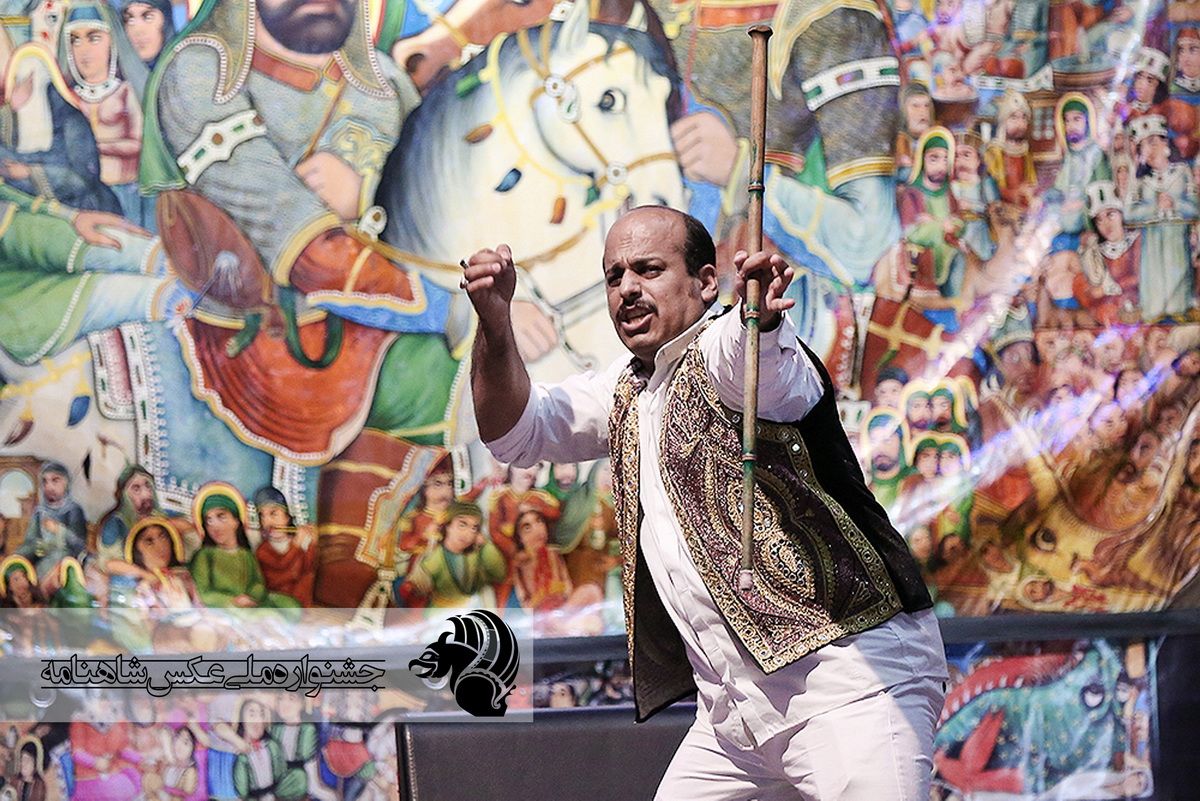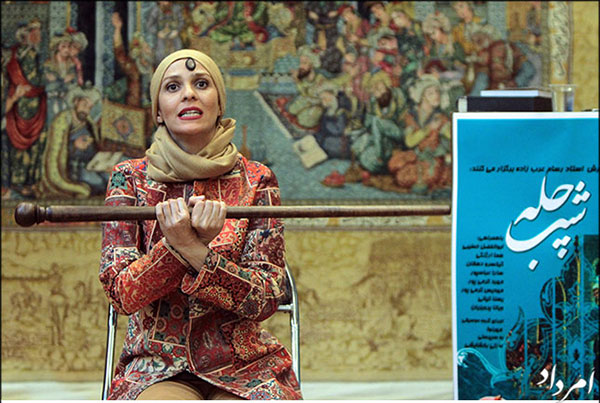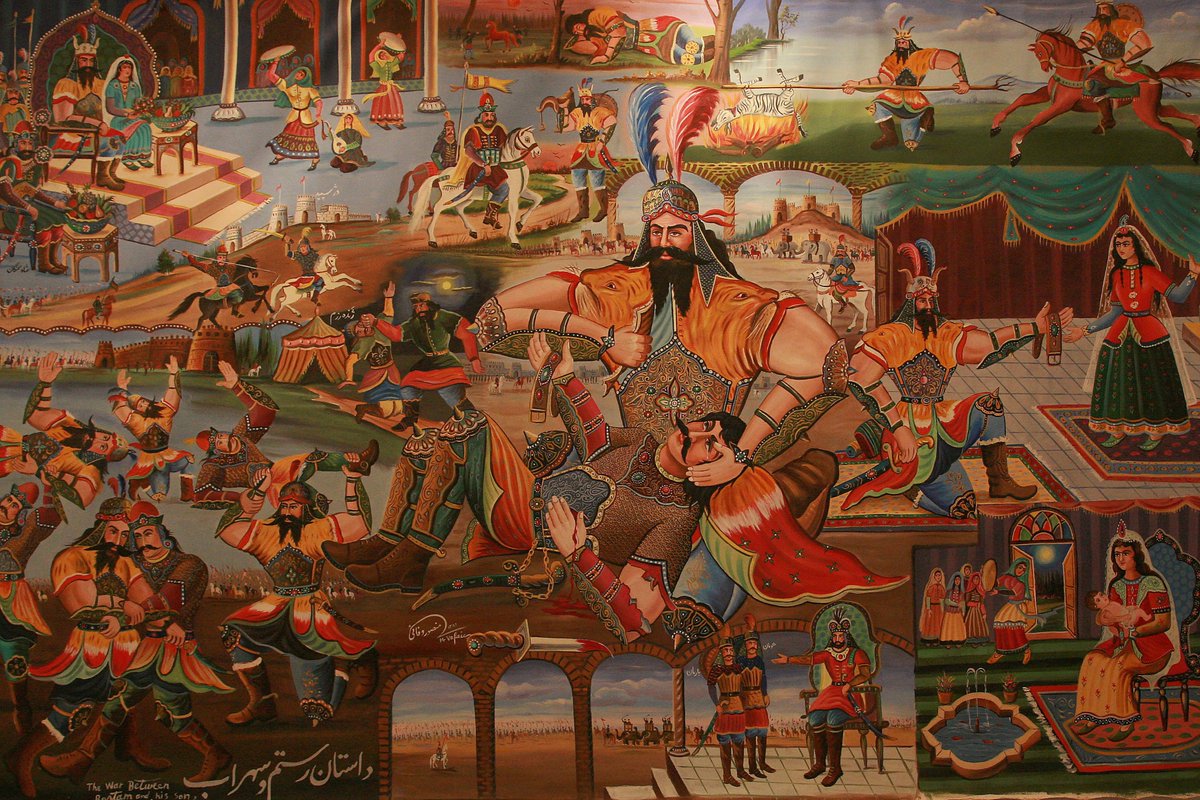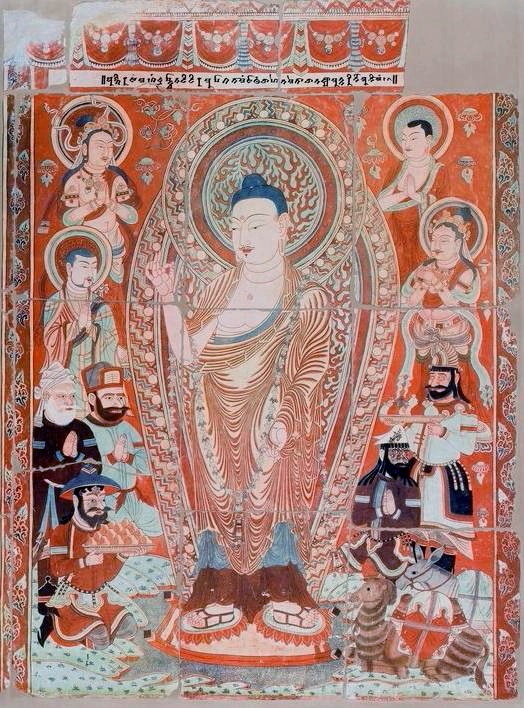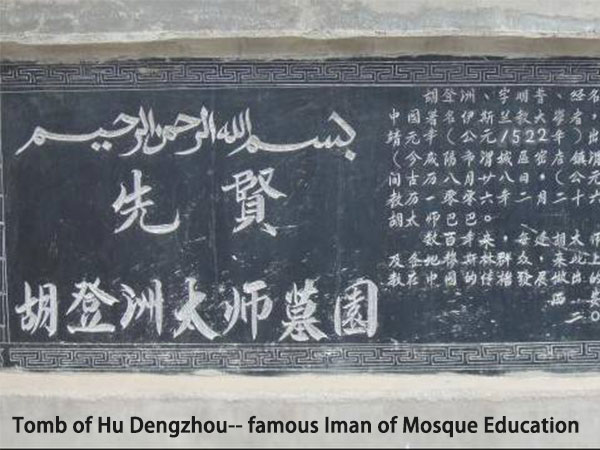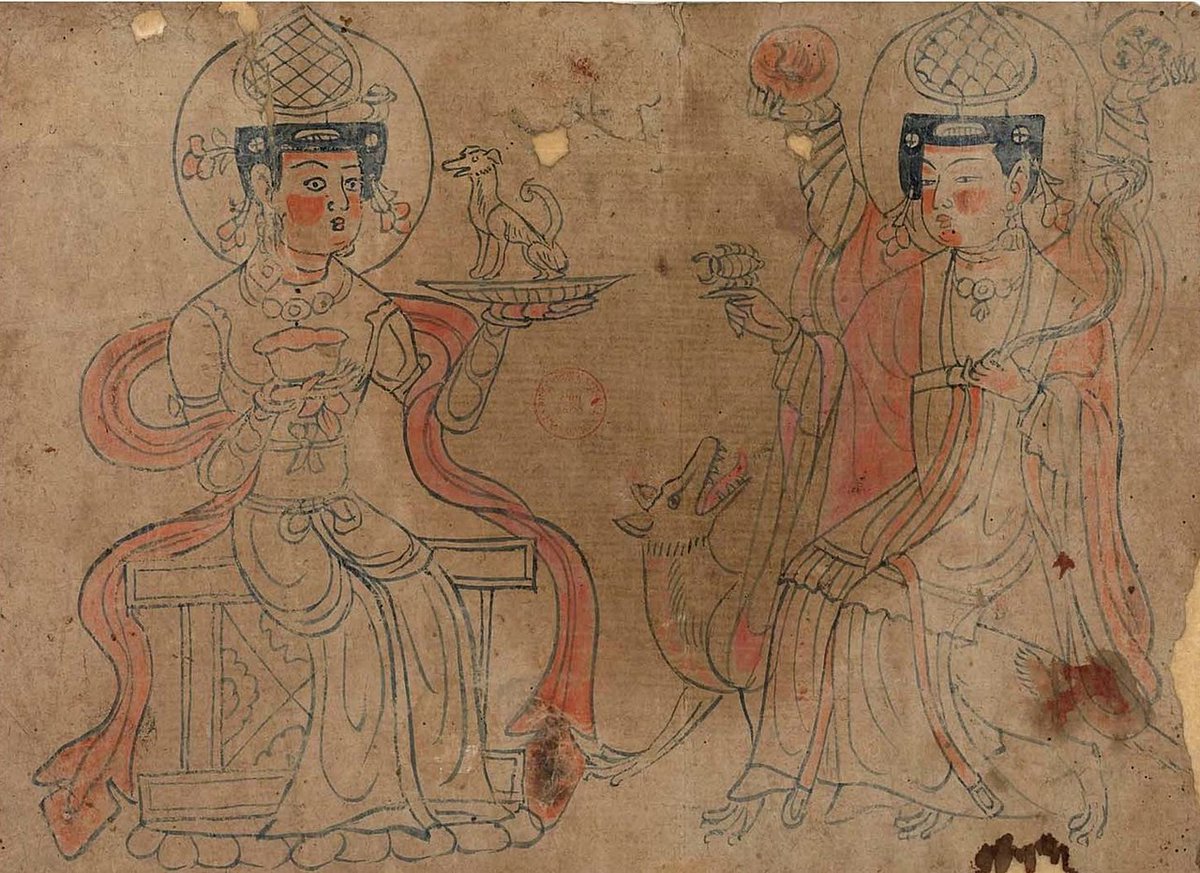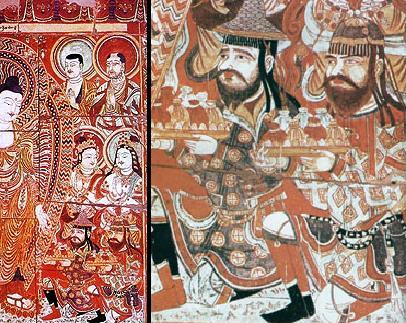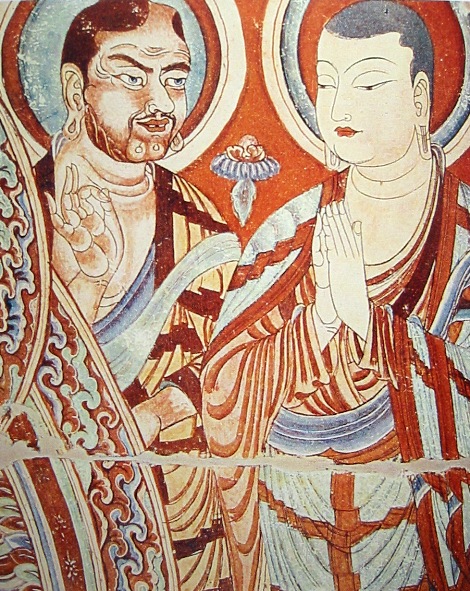
Does a curriculum shape society or does it merely anticipate or reflect changes already underway? The past decade in Iran points to the surprising and sometimes fraught relationship of textbook lessons to the world outside of the classroom.
1/SM
#Day6
huffpost.com/entry/the-virt…
1/SM
#Day6
huffpost.com/entry/the-virt…
Here I focus on the ongoing struggle for #democracy in #Iran, reaching back well over a century, and its relationship to schooling. How might the IRI become more democratic in spite of itself? Does ed help or hinder?
2/SM
#SchooledToVoteAndToProtest
content.time.com/time/world/art…

2/SM
#SchooledToVoteAndToProtest
content.time.com/time/world/art…


It's become increasingly clear that the tragic events of November '19 marked a turning point in the political development of Iran, as I discuss here for @RStatecraft...
3/SM
responsiblestatecraft.org/2020/01/17/why…
@LobeLog @tparsi
3/SM
responsiblestatecraft.org/2020/01/17/why…
@LobeLog @tparsi
@RStatecraft @LobeLog @tparsi ...a retreat from, if not outright abandonment of, what had been in recent years the fitful but incremental consolidation of democracy.
4/SM
washingtonpost.com/news/monkey-ca…
@abuaardvark
4/SM
washingtonpost.com/news/monkey-ca…
@abuaardvark
@RStatecraft @LobeLog @tparsi @abuaardvark Reports that officials are growing worried about turnout for the 2020 parliamentary elections are reflective of the endless dilemma of the IRI, a political system whose leaders crave constantly high turnout as "evidence" of the people’s love of the revolution...
5/SM

5/SM


@RStatecraft @LobeLog @tparsi @abuaardvark @Swarthy_Bastard ...but who loathe the results that high turnout always brings, namely the (re)appropriation and reimagining of democracy from below.
6/SM
#GreenMovement
#Mousavi
#Karroubi
#WeGotYourVoteBack
theatlantic.com/international/… via @TheAtlantic
6/SM
#GreenMovement
#Mousavi
#Karroubi
#WeGotYourVoteBack
theatlantic.com/international/… via @TheAtlantic

@RStatecraft @LobeLog @tparsi @abuaardvark @Swarthy_Bastard @TheAtlantic Central to the Iranian state’s ideology is an animating belief in Islamic democracy not as a mere version of Western democracy or even its alternative, but the thing itself, democracy as it ought to be. If Islamic democracy offers salvation, then elections are its sacrament.
7/SM
7/SM

@RStatecraft @LobeLog @tparsi @abuaardvark @Swarthy_Bastard @TheAtlantic The expectation that children will someday participate in elections as an extension of their religious belief constitutes one of the few uninterrupted storylines in a curriculum subject to the constant tumult of “fundamental change.”
8/SM

8/SM

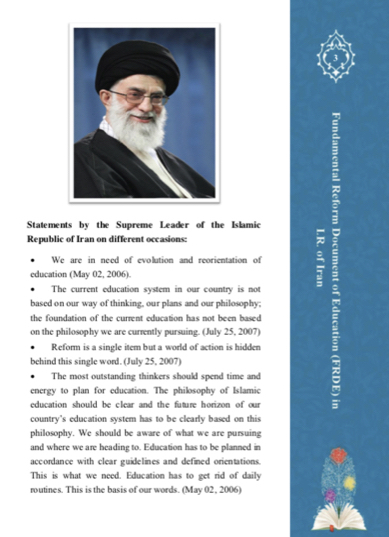
@RStatecraft @LobeLog @tparsi @abuaardvark @Swarthy_Bastard @TheAtlantic Formal instruction in democracy starts as early as the 1st & 2nd Grades, where young pupils learn that the sacrifices of those who died during the revolutionary struggle were quickly consecrated at the ballot box, with the referendum to make Iran an Islamic republic.
9/SM


9/SM
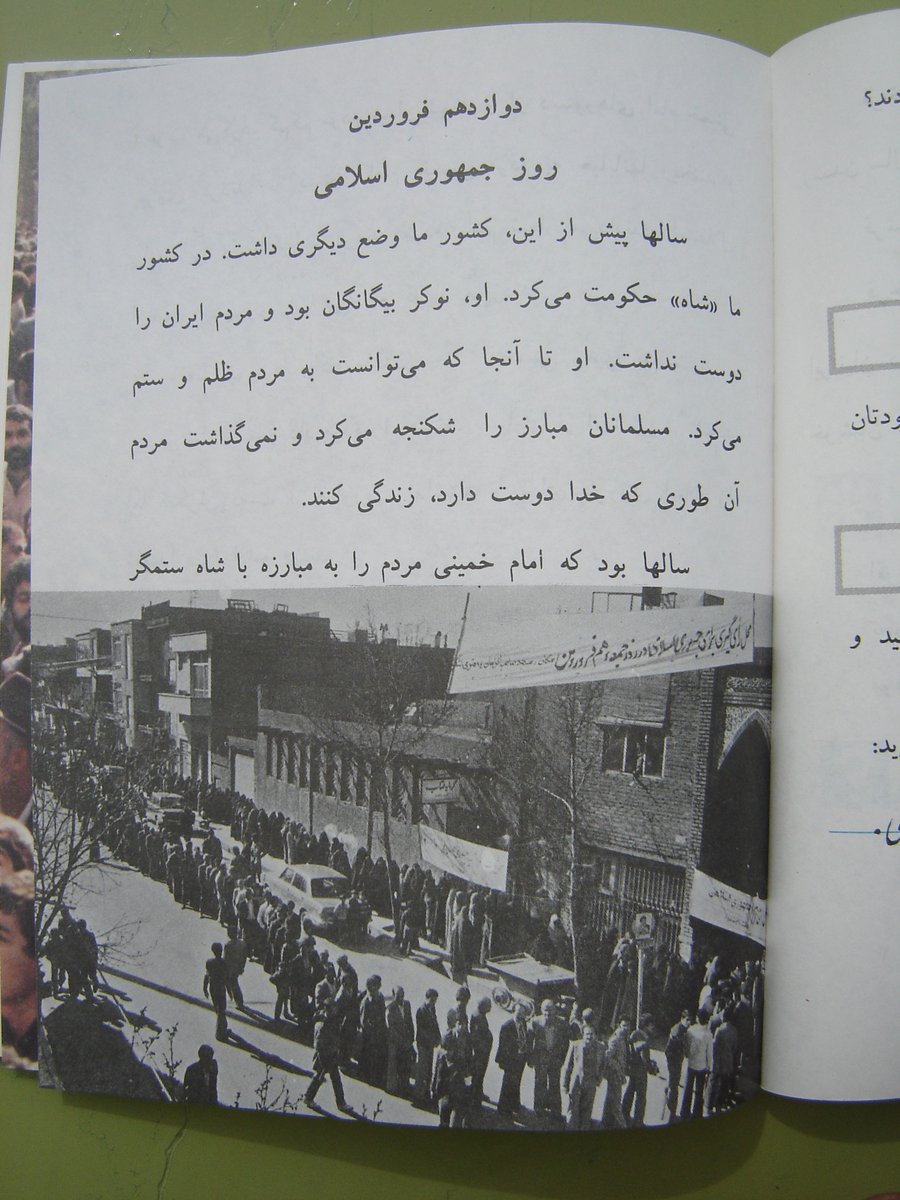


@RStatecraft @LobeLog @tparsi @abuaardvark @Swarthy_Bastard @TheAtlantic Training in the "how-to" of democratic practice centers on the 3rd Grade lesson, “Class Representative,” which made its first appearance during the 1979-1980 school year and would remain unchanged for more than two decades.
10/SM


10/SM


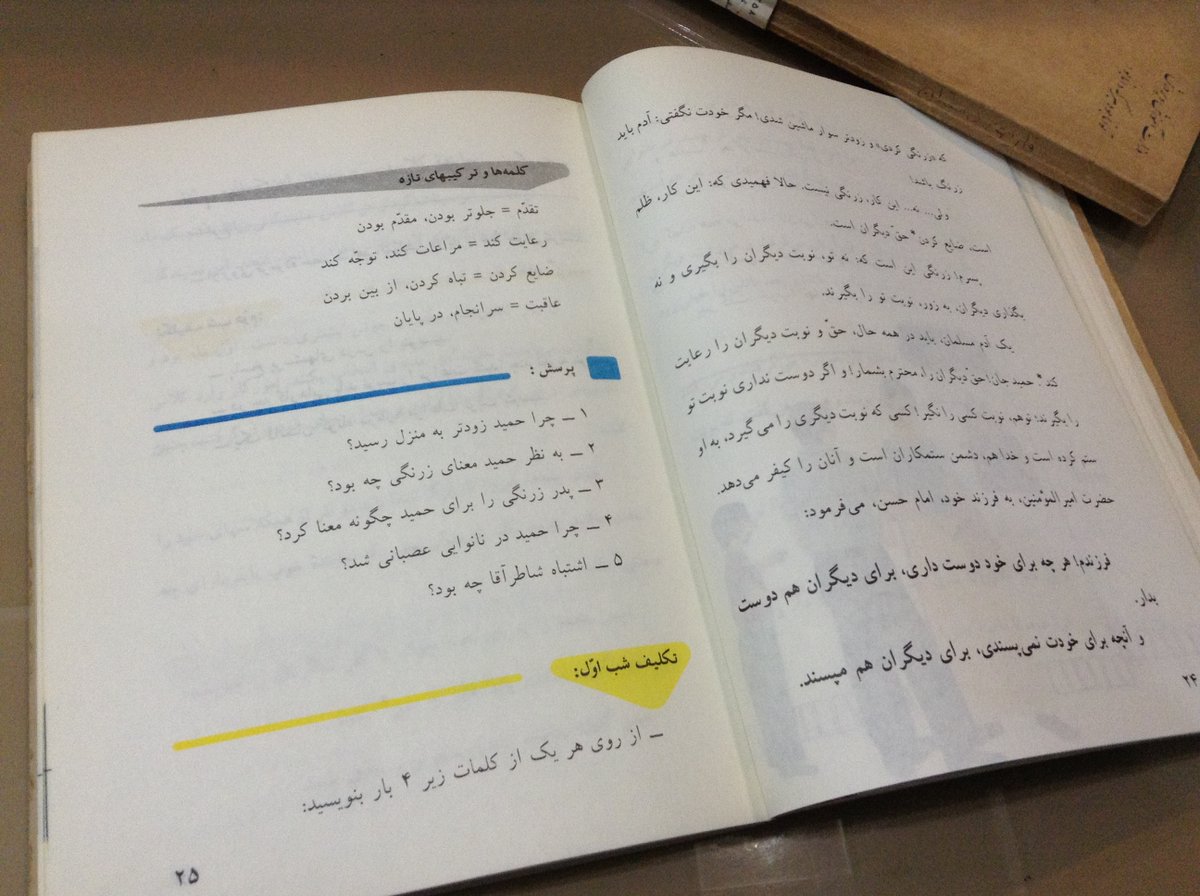
@RStatecraft @LobeLog @tparsi @abuaardvark @Swarthy_Bastard @TheAtlantic The students of Ibn Sina Elementary prepare to cast their ballots for classroom representative. Their teacher asks them to list the virtues that a leader must possess: Just and honest. Studious and serious. Resourceful and well qualified.
11/SM
(All photos by @Swarthy_Bastard)


11/SM
(All photos by @Swarthy_Bastard)



@RStatecraft @LobeLog @tparsi @abuaardvark @Swarthy_Bastard @TheAtlantic The lesson presents a straightforward and untroubled view of democracy, one in which voters are eager to participate in a process that necessarily leads to the election of a righteous and moral leader.
12/SM
(Photos taken June 2009)

12/SM
(Photos taken June 2009)


@RStatecraft @LobeLog @tparsi @abuaardvark @Swarthy_Bastard @TheAtlantic Revisions made to the curriculum in the early 2000s suggest a more troubled process of democratic selection. Occasionally leaders slip through who lack the necessary virtues and qualifications to be in positions of authority.
13/SM
lobelog.com/trump-the-amer… via @LobeLog
13/SM
lobelog.com/trump-the-amer… via @LobeLog

@RStatecraft @LobeLog @tparsi @abuaardvark @Swarthy_Bastard @TheAtlantic Malice appears in the figure of Amin, who self-righteously unleashes a torrent of sanctions on his unsuspecting classmates (making matters worse, Amin couples his petty cruelty with a super-annoying fastidiousness…).
14/SM
14/SM

@RStatecraft @LobeLog @tparsi @abuaardvark @Swarthy_Bastard @TheAtlantic The earlier version of “Class Representative” assumed a tidy overlap between democracy and virtue; the current iteration recognizes that democracy very often comes up short, a reality that Iranians know all too well...
15/SM
lobelog.com/trump-the-amer…
15/SM
lobelog.com/trump-the-amer…

@RStatecraft @LobeLog @tparsi @abuaardvark @Swarthy_Bastard @TheAtlantic ...to say nothing of their American counterparts...
16/SM
#DearLeader
#RockTheVote

16/SM
#DearLeader
#RockTheVote
https://twitter.com/ForeignAffairs/status/1066834914639781888@ForeignAffairs @lausec

@RStatecraft @LobeLog @tparsi @abuaardvark @Swarthy_Bastard @TheAtlantic @ForeignAffairs @lausec Recognizing the teachable moment before him, the teacher engages in a process of consultation with his students. He breaks them up into groups of three, reversing the top-down pedagogy of the earlier version of the lesson. Working together, they reach a consensus that...
17/SM
17/SM

@RStatecraft @LobeLog @tparsi @abuaardvark @Swarthy_Bastard @TheAtlantic @ForeignAffairs @lausec ...a good representative must above all be just (adel) and honest (amin), driving the point home by drawing on the well-worn but effective device of the corny joke: “Thanks be to God that we have in our class an Amin.”
18/SM
18/SM
@RStatecraft @LobeLog @tparsi @abuaardvark @Swarthy_Bastard @TheAtlantic @ForeignAffairs @lausec We think of textbook stories as being instantly consequential when it comes to political & social outcomes in an openly ideological school system such as Iran's. We would be better off abandoning cause & effect analysis for *possibilities,* a shared grammar (photo by me)
19/SM
19/SM

@RStatecraft @LobeLog @tparsi @abuaardvark @Swarthy_Bastard @TheAtlantic @ForeignAffairs @lausec Since 2009, rather than retreating from the public sphere, Iranians citizens have doubled down on the vote as an ethical action as well as a way to hold the state accountable for its professed religious values.
20/SM
(Photos by @Swarthy_Bastard)

20/SM
(Photos by @Swarthy_Bastard)
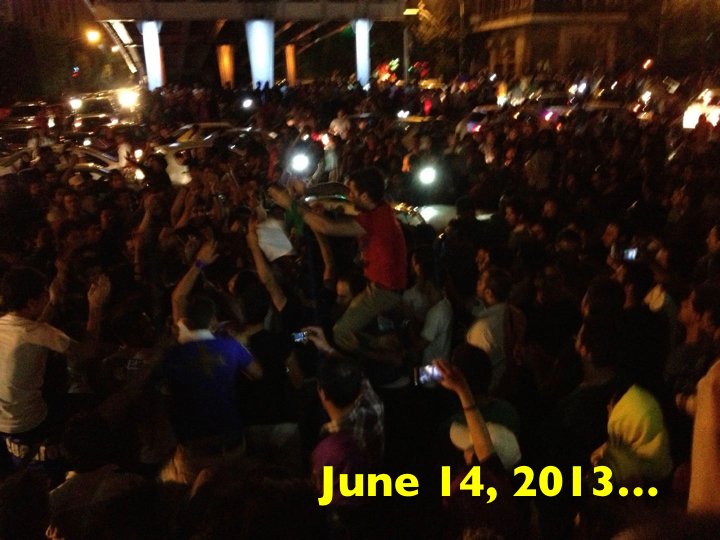

@RStatecraft @LobeLog @tparsi @abuaardvark @Swarthy_Bastard @TheAtlantic @ForeignAffairs @lausec Iran is a wonderful example of how democratic learning occurs under authoritarian conditions. Iranians vote in elections, not because they believe in the system, but because *they don't*...
21/SM
theatlantic.com/international/… via @TheAtlantic
21/SM
theatlantic.com/international/… via @TheAtlantic

@RStatecraft @LobeLog @tparsi @abuaardvark @Swarthy_Bastard @TheAtlantic @ForeignAffairs @lausec That same curriculum teaches students that on the other side of elections, lie protests. Lining the fundaments of Iran’s post-revolutionary architecture and educational system is the imperative to stand against injustice, a mandate to revolt.
22/SM
lobelog.com/protests-in-ir…
22/SM
lobelog.com/protests-in-ir…
@RStatecraft @LobeLog @tparsi @abuaardvark @Swarthy_Bastard @TheAtlantic @ForeignAffairs @lausec Thus we might be better served if we take the materials found in Iran's national curriculum to be a starting point for analysis, as the repositories of recognizable if not fully shared moral guidelines by which a system might perhaps someday surpass its own limitations.
23/SM
23/SM

@RStatecraft @LobeLog @tparsi @abuaardvark @Swarthy_Bastard @TheAtlantic @ForeignAffairs @lausec 24/Fin
#HistoryOfIran
#SchooledNotFooled
Singing off, @Swarthy_Bastard
#HistoryOfIran
#SchooledNotFooled
Singing off, @Swarthy_Bastard

• • •
Missing some Tweet in this thread? You can try to
force a refresh




